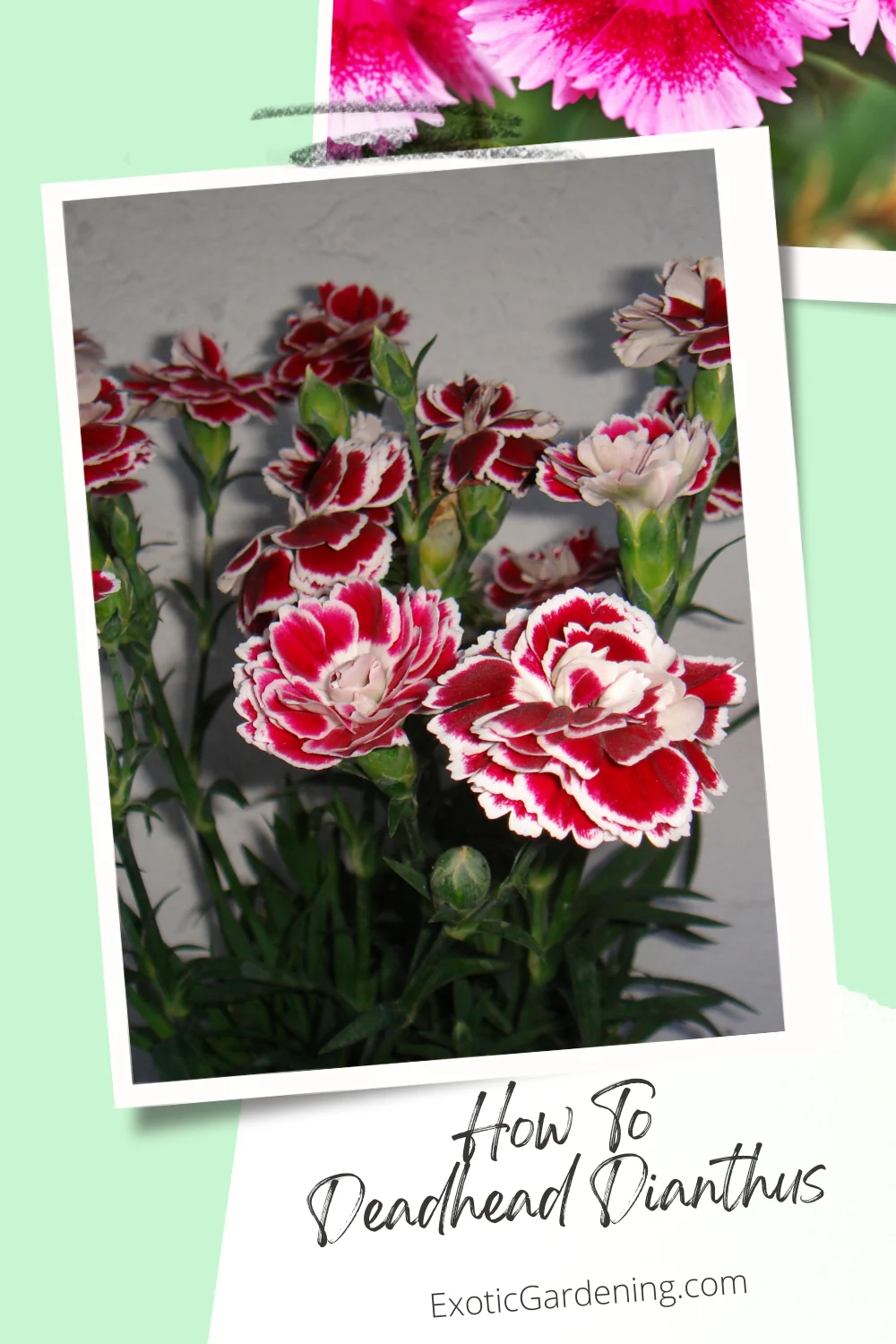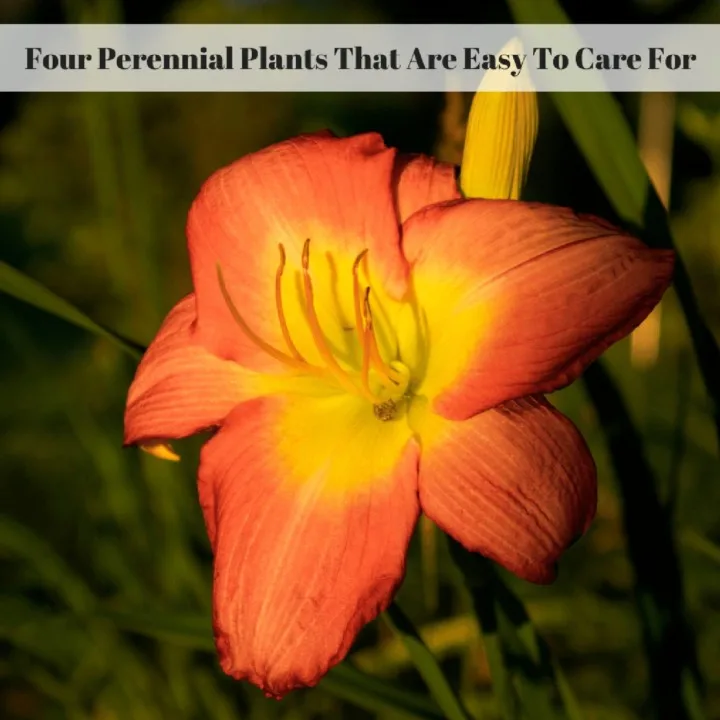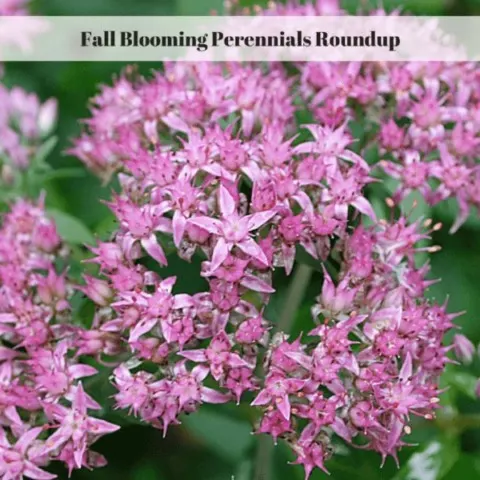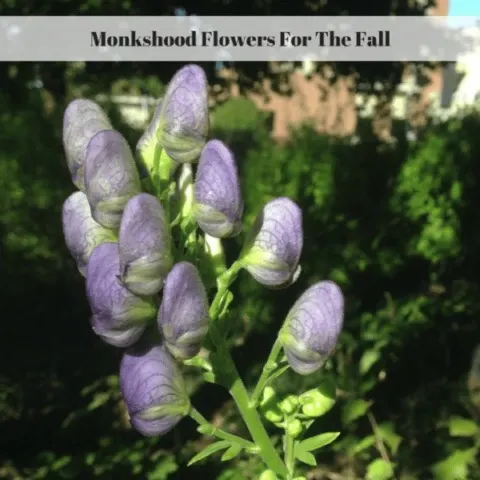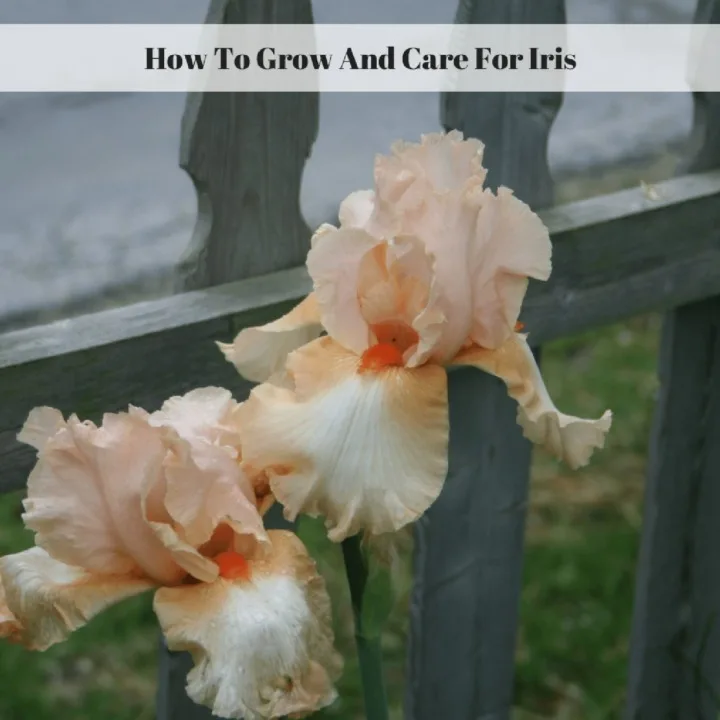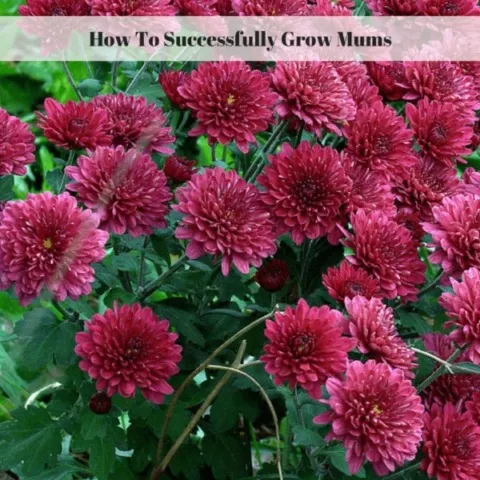Removing spent blooms from a plant is a gardening practice known as deadheading, and it's a crucial technique for maintaining the health and appearance of various flowering plants, including Dianthus.
In this comprehensive guide, we will explore the reasons for deadheading, how to deadhead Dianthus with step by step instructions, and how to root your cuttings for new plants.
We will also include a FAQ section to address common questions about deadheading Dianthus.
The Beauty Of Dianthus: An Introduction
Dianthus, commonly known as carnations or pinks, are beloved flowering plants admired for their exquisite, often fragrant blooms.
To ensure that these lovely flowers continue to thrive and grace your garden with their beauty, it's essential to learn how to deadhead Dianthus effectively.
The Reasons For Deadheading Plants
Deadheading serves two primary purposes when it comes to maintaining flowering plants, including Dianthus:
- Promoting Re-Blooming
One of the primary reasons for deadheading Dianthus is to encourage the plant to produce new blooms. By removing spent or faded flowers, you redirect the plant's energy away from seed production and toward the development of new flowers. This practice prolongs the blooming season and ensures a continuous display of vibrant petals.
- Enhancing Appearance
Another important reason for deadheading is to improve the overall appearance of the plant. Dianthus plants can become overgrown and appear messy if they are not regularly deadheaded. By removing spent blooms and dead foliage, you maintain a tidy and visually appealing garden.
Guide To Deadheading Dianthus
Deadheading Dianthus is a simple yet effective process that can significantly benefit the health and appearance of your plants.
Here's a step-by-step guide to help you master this technique:
Step 1: Gather Your Tools
Before you begin, ensure you have the necessary tools ready. You'll need a pair of clean, sharp pruning shears or scissors.
Step 2: Locate the Faded Flower
Identify the faded or spent flower that you want to deadhead. It will have wilted petals and no longer contribute to the plant's beauty.
Step 3: Follow the Stem
Trace the stem of the faded flower down to the first lateral bud, flower, or leaf. This is where you will make your cut.
Step 4: Make a Diagonal Cut
With your pruning shears or scissors, make a clean diagonal cut just above the first lateral bud, flower, or leaf. Ensure that your cut is smooth and free from any jagged edges.
Step 5: Consider Compactness
For a more compact and tidy appearance, you can choose to cut down to the second or third lateral leaf if there are no flowers or buds present. This encourages the plant to grow in a more bushy and compact form.
Step 6: Dispose of Debris
Dispose of the removed flower head and any other dead or decaying plant material in a compost bin or trash receptacle.
Step 7: Repeat as Needed
Continue deadheading your Dianthus as you notice faded blooms throughout the growing season. Regular deadheading will promote continuous blooming and maintain a neat appearance.
For a visual demonstration of deadheading perennial Dianthus, you can watch the video below:
Perennial vs. Annual Dianthus
It's important to note that there are both perennial and annual varieties of Dianthus.
Perennial Dianthus plants return year after year, while annuals complete their life cycle in one season.
The deadheading process is beneficial for both types, but it's especially crucial for perennials to encourage re-blooming in subsequent years.
How To Root Dianthus Cuttings
When deadheading your Dianthus, don't discard the cuttings.
Instead, you can propagate new plants from these cuttings.
Here's a quick guide on how to root your Dianthus cuttings:
Step 1: Prepare the Cuttings
Collect the Dianthus cuttings you've removed during deadheading. Ensure that each cutting is approximately 3 to 4 inches long and includes a few leaves.
Step 2: Choose a Planting Medium
Select a suitable planting medium, such as vermiculite or seed starting mix. Fill a small container or tray with this medium.
Step 3: Plant the Cuttings
Insert the Dianthus cuttings into the planting medium, burying them about an inch deep. Space the cuttings a few inches apart to allow room for root development.
Step 4: Maintain Moisture
Keep the planting medium consistently moist but not waterlogged. You can cover the container with a plastic dome or plastic wrap to create a mini-greenhouse effect and maintain humidity.
Step 5: Provide Indirect Light
Place the container with the cuttings in an area with indirect sunlight. Avoid direct sunlight, as it can scorch the delicate cuttings.
Step 6: Monitor Growth
Within a month or so, your Dianthus cuttings should develop roots. You can gently tug on them to check for resistance, indicating successful root growth.
Step 7: Transplant
Once the cuttings have established roots, you can transplant them into individual pots or directly into your garden. Be sure to acclimate them to outdoor conditions gradually.
Frequently Asked Questions (FAQs) About Deadheading Dianthus
Now, let's address some common questions about deadheading Dianthus:
Q: When is the best time to deadhead Dianthus?
A: It's best to deadhead Dianthus as soon as you notice faded or spent flowers. Regular deadheading throughout the growing season will promote continuous blooming.
Q: Can I deadhead Dianthus in the fall?
A: While you can deadhead Dianthus in the fall, it's essential to avoid cutting into the healthy foliage. Late-season deadheading may not promote re-blooming but can help improve the plant's appearance.
Q: Should I deadhead both perennial and annual Dianthus?
A: Yes, deadheading benefits both perennial and annual Dianthus varieties. For perennials, it encourages re-blooming in subsequent years, while for annuals, it prolongs the current season's bloom.
Q: Can I use regular scissors for deadheading Dianthus?
A: Yes, you can use clean, sharp scissors for deadheading Dianthus if you don't have pruning shears. The key is to make clean cuts to avoid damaging the plant.
Q: How often should I fertilize my Dianthus after deadheading?
A: After deadheading, it's a good practice to fertilize your Dianthus with a balanced, slow-release fertilizer to support healthy growth. Follow the manufacturer's recommendations for application frequency.
Q: Can I deadhead Dianthus during its blooming period?
A: Yes, you can deadhead Dianthus throughout its blooming period to encourage continuous flowering. Remove faded flowers as soon as they appear.
Q: Should I deadhead all the way to the base of the stem?
A: It's not necessary to deadhead all the way to the base of the stem. Cutting just above a healthy lateral bud, flower, or leaf is sufficient to promote re-blooming.
Q: What do I do with the cuttings from deadheading?
A: You can propagate new Dianthus plants from the cuttings. Plant them in a suitable medium, keep them moist, and provide indirect light to encourage root development.
Q: Can I deadhead Dianthus in the rain?
A: It's best to deadhead Dianthus when the weather is dry to prevent the spread of diseases. Wet conditions can promote fungal growth on freshly cut stems.
Q: Do I need to sterilize my pruning shears before deadheading?
A: Yes, it's a good practice to sterilize your pruning shears with hydrogen peroxide before deadheading. This helps prevent the spread of diseases between plants.
Q: Can I deadhead Dianthus if it has disease or pest problems?
A: If your Dianthus is affected by disease or pests, it's crucial to address these issues first. Once the plant is healthy, you can resume deadheading.
Q: Will deadheading Dianthus attract more pollinators to my garden?
A: Yes, deadheading Dianthus to promote continuous blooming can attract more pollinators to your garden, as they are drawn to the fresh flowers.
Q: Can I deadhead Dianthus in the winter for aesthetic reasons?
A: Deadheading Dianthus in the winter is generally not recommended, as it may leave the plant vulnerable to cold weather. Wait until spring to perform any deadheading for aesthetic purposes.
Q: Can I deadhead Dianthus when it's in a container or pot?
A: Yes, you can deadhead Dianthus when it's planted in a container or pot following the same principles as in-ground plants.
Q: How long does it take for Dianthus cuttings to root?
A: Dianthus cuttings typically root within a month under suitable conditions. However, it may take longer in some cases, so be patient and provide the right care.
Wrapping Up: The Art of Deadheading Dianthus
Deadheading Dianthus is a valuable gardening technique that promotes re-blooming, enhances plant appearance, and can even lead to the propagation of new plants.
By following the steps outlined in this guide and addressing common questions about deadheading, you can enjoy a continuous display of beautiful Dianthus blooms in your garden for years to come.
So, grab your pruning shears, get out in the garden, and start deadheading your Dianthus to nurture their health and beauty.
Perennial Plants
Awesome Colorful Plant Combinations: Reliable Daylily And Geranium
If you're looking for a colorful, easy to care for perennial plant combination, try the daylily and geranium.
How To Successfully Grow Mums
Chrysanthemums, commonly referred to as mums are a beautiful fall blooming plant. Check out these tips to successfully grow mums!
Long Season Garden Plants
Long Season Garden Plants
How To Grow Mallows
Learn how to grow mallows, a Malvaceae family which includes some of the most popular plants for the home garden, Hibiscus.
Popular Plants For Miniature Gardens
There are a number of popular miniature plants that are ideal to use to create miniature gardens inside or outside your home or office.
Sweet Autumn Clematis: A Garden Treasure
Discover the enchantment of Sweet Autumn Clematis: rapid growth, fragrant blooms, and versatile garden beauty await!

